
Distracted Driver Survival
July 21, 2014
Distracted Driver survivalists learn many techniques to keep them alive on roads and highways. Today’s distracted driver survival tip is a basic skill that every rider should know: Prepare for Stupid.
Distracted drivers are completely oblivious to the world around them, so don’t expect them to be smart enough to stop at a red light, to yield when entering an on-ramp, to check their mirrors before changing lanes, to look both ways before crossing the street, or to even notice that a traffic jam has caused other vehicles to come to a stop.
Never underestimate the stupidity of the distracted driver… or any driver for that matter. Always be in hyper-alert mode. Always have escape route planned, and always be ready to break or swerve to avoid a collision.
Tune in next week for another Distracted Driver Survival Tip of the Day.
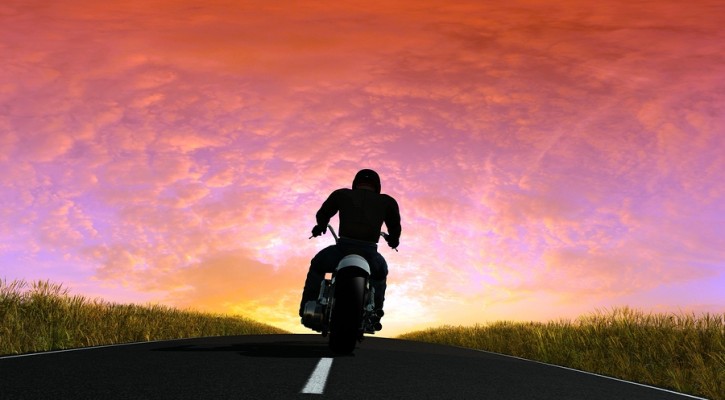
Honda’s Best Beginner Bike Just Got Better
July 17, 2014
A beginner bike is a learning tool. It is meant to teach new riders the skills they need to handle a motorcycle with confidence. When looking for the best beginner bike, we often suggest seeking out these important features:
- Low price
- Low weight
- Less power
- More durability (it will get dropped)
That being said, Honda is upgrading its previously perfect-for-beginners bike, the CB500F. This classic mid-size bike was known for its low price and excellent agility. The newer CB300F is more lightweight and hundreds of dollars cheaper, making it an even better fit for new riders.
See the full review from the fine folks at Gizmodo:
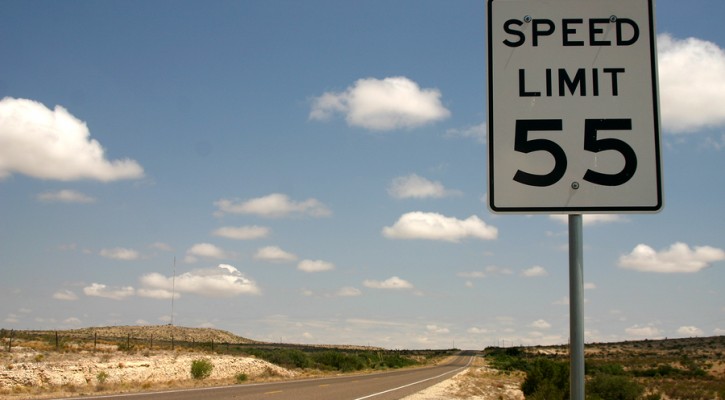
Highway Funding Faces Rough Road Ahead
July 16, 2014
It’s summertime. It’s the season of the road trip. It’s also the season of road repair. In the hot-weather months before fall brings on the next frost, many states scramble to repair and rebuild damaged roadways. This work is paid for by the Highway Trust Fund.
However, you’d be forgiven if you didn’t notice this work going on lately. Highway funding has become a hotly debated issue in House and Senate, resulting in a wary Department of Transportation. In fact, the DOT sent letters to the states earlier this month saying that beginning August 1st, it would start restricting money for highway funding projects… including those already in the works.
There is some hope for the future of our highways, though. A small, very short-term compromise was reached in Congress. On Tuesday, the House passed an $11 billion highway funding plan that would patch the Highway Trust Fund for six months. Its large bipartisan support is likely to carry over into the Senate, meaning a few pot holes will get fixed this year.
Long term solutions seem to elude the legislature. There is a systemic shortfall in federal transportation funding, which means an uneasy future for motorists, truckers, construction workers and our economy.
Until the Congress can agree on the future of funding our nation’s highways, it would be wise to stock up on tire patches.
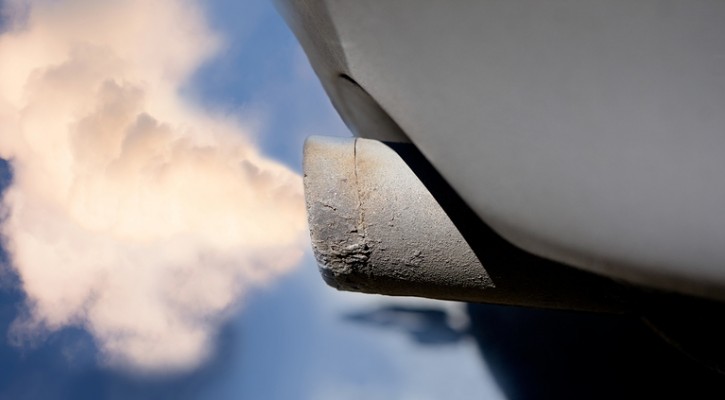
Auto Advice from Arthur & the Car Talk Guys
July 15, 2014
And the Most Adorable Auto Advice award goes to…
Have You Heard About the Elio?
July 14, 2014
The Elio is a vehicular hermaphrodite. Its identity lies somewhere in between a car and a motorcycle. It has two seats, a trunk, doors and windows, yet rolls on just three wheels… just like a trike.
What makes this automobile so awesome is its gas mileage and its price tag. For just under $7,000, drivers can own a brand new car/trike that gets 84-mpg and looks cool doing it.
Car Talk’s Ray Magliozzi recently got his hands on an Elio prototype. Here’s what happened:
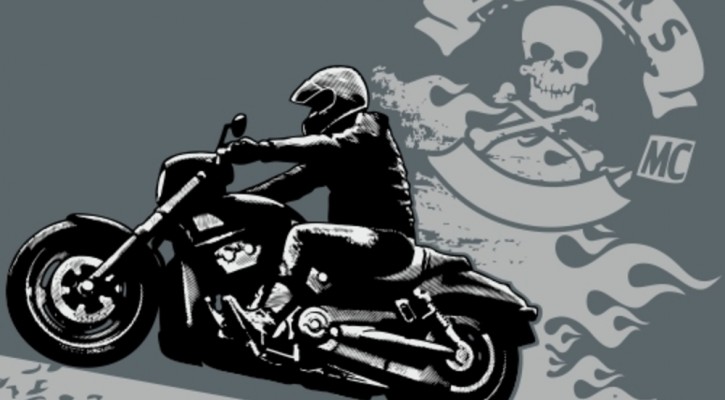
Motorcycle Literature
July 14, 2014
“[In a car] you’re a passive observer and it is all moving by you boringly in a frame. On a cycle, the frame is gone. You’re completely in contact with it all. You’re in the scene, not just watching it anymore. And the sense of presence is overwhelming.”
Leave it to NPR to turn the thrill of motorcycles into a discussion on literature.
This episode of Morning Edition features some pretty awesome reads, though. From Hunter S. Thompson’s Hell’s Angels and Guevara’s The Motorcycle Diaries to Robert Pirsig’s Zen and the Art of Motorcycle Maintenance, these classics should be part of everyone’s book collection.
There are also insights from modern motorcycle writers, such as Matthew B. Crawford, who runs a motorcycle repair shop and authored Shop Class as Soulcraft.
It’s not every day you hear dirty, tattooed bikers talking to the radio hosts on NPR. This is an episode not to be missed.
Listen to the full story here:
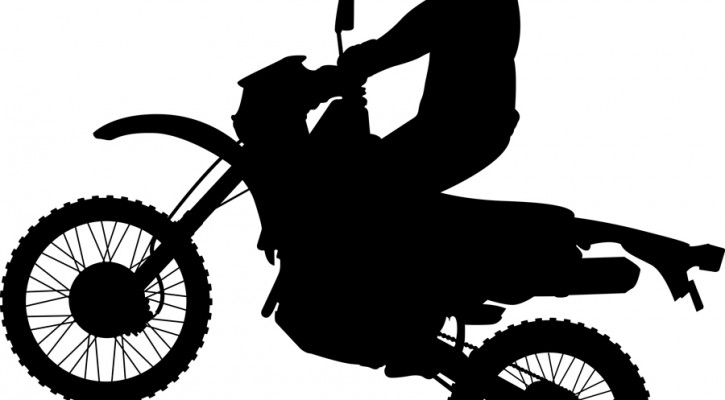
The Pentagon’s Hybrid Motorcycles
July 13, 2014
Want to read something cool about the future of hybrid motorcycles, Special Forces and stealth missions? Look no further:
The Silent Hybrid Motorcycles the Pentagon Will Use for Stealth Raids
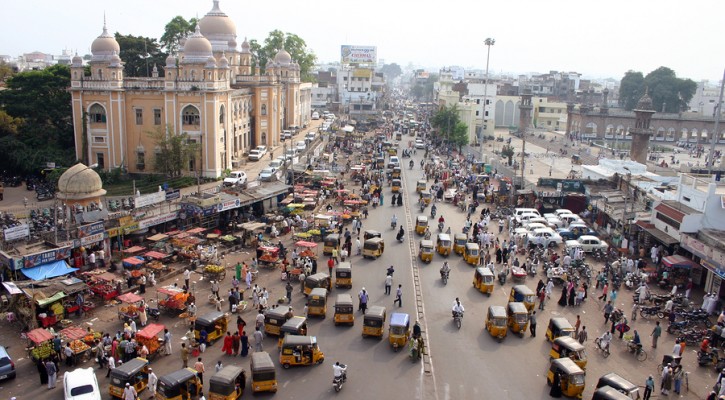
World’s Safest and Most Dangerous Places to Drive
July 11, 2014
This is a must-read for anyone with big dreams of cross-country road trips and overseas adventure touring. The list of international roads includes the most dangerous places to drive all over the world, as well as the safest. It’s a great read with highlights from Pennsylvania to India, Canada to Panama, and everywhere that’s anywhere in the world of dangerous drives and world-renowned safety.
5 Unusually Dangerous – and Especially Safe – Places to Drive
Helmet-Mounted Brake Lights!
July 11, 2014
When it comes to motorcycle safety, you can never have too many lights. That’s why helmet-mounted brake lights are becoming more popular among the riding community.
This safety feature improves your visibility by adding extra brightness at night, giving extra caution to drivers when braking, and adding a light at eye-level for close-traffic situations when taillights are harder to see.
Motorcycle helmet lights can be attached to any helmet. They are bright, self-adhesive and come with a wireless transmitter that connects to the motorcycle wiring. Newer helmet safety lights also include hazard lights and turn signals. They can also be configured for use with up to two helmets.
Once installed, all the rider has to do is use their brakes or turn signals and the helmet will automatically respond to existing controls.
When cars and trucks collide with motorcycles, the drivers often claim they simply didn’t see them. They say “they came out of nowhere”. Well, motorcycles never come out of nowhere. Sometimes it takes a little extra caution on the driver’s part to see these smaller vehicles.
However, with an extra light on the helmet that is bright and lit up at eye-level, this new safety feature will no-doubt increase motorcycle visibility. And, increased visibility is always a good thing.
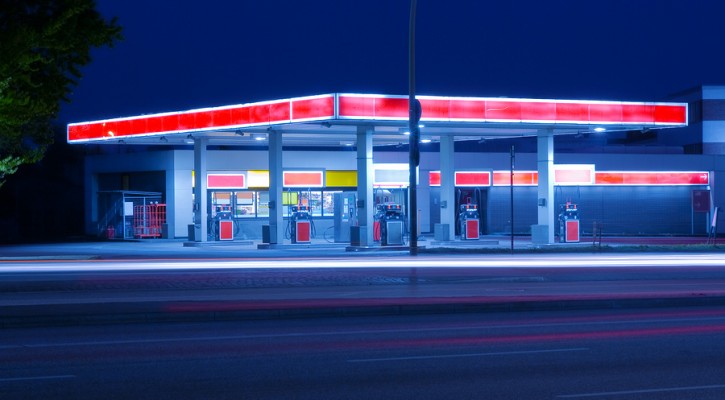
Are Gas Stations Cheating Us at the Pump?
July 10, 2014
Whether you’re driving a car, motorcycle or 18-wheelin’ tractor-trailer, gas prices are always a concern. Drivers seek out the cheapest prices in town, sometimes waiting in line at a gas station that charges pennies less than other pumps around.
However, many gas stations fail to maintain accurate pumps, while others go so far as to actually cheat their customers. So how are we supposed to know if we can trust our local gas stations?
Before you lose faith in humanity and distrust every pump you use, let’s look at the facts.
Inspectors say that they try to go to every station once a year for routine inspections. If they receive a complaint about a particular gas station, they send inspectors to that location ASAP, sometimes within 24 hours.
Most of the time, pumps are right on the money. They pour the exact amount of gas shown on the meter, and charge the exact price listed on the sign. However, a significant number of stations fail the inspection. Some dispense less than what’s being shown on the meter, while others actually dispense more.
So, poor calibration can result in consumers being short-changed, but it can also result in consumers receiving more fuel than they paid for. For this reason, most gas station owners actually want inspectors out there testing for accuracy.
It is very rare for gas stations to cheat consumers on purpose.
One way inspectors can tell whether customers are being cheated on purpose is by paying close attention to seals underneath the pump. Licensed repairmen will seal the pump with one of their tags during calibration. If that seal has been tampered with, then there’s reason to suspect malicious intent.
Everyday drivers can monitor their local gas stations as well. Take note of how many gallons your tank holds. Then, when you go to fuel up, keep an eye on how many gallons are pumped. If you pump 20 gallons of gas into a 17-gallon tank, then you have reason to be suspicious. If your tank is half empty and you are charged for 15 gallons, then you have reason to be suspicious. However, gas gauges usually aren’t precise, so don’t get too suspicious if calculations are off by a couple of gallons.
Another way to keep an eye on gas pump accuracy is to check the final price. Make sure that the amount charged corresponds to how many gallons were pumped. This is a simple calculation: total price divided by number of gallons.
Drivers can also keep an eye out for outdated inspection stickers. Every pump should have a sticker that shows when it was last inspected. If your local gas station hasn’t seen an inspector in more than one year, then a simple phone call to the number listed on the sticker will get an inspector out there in no time.
